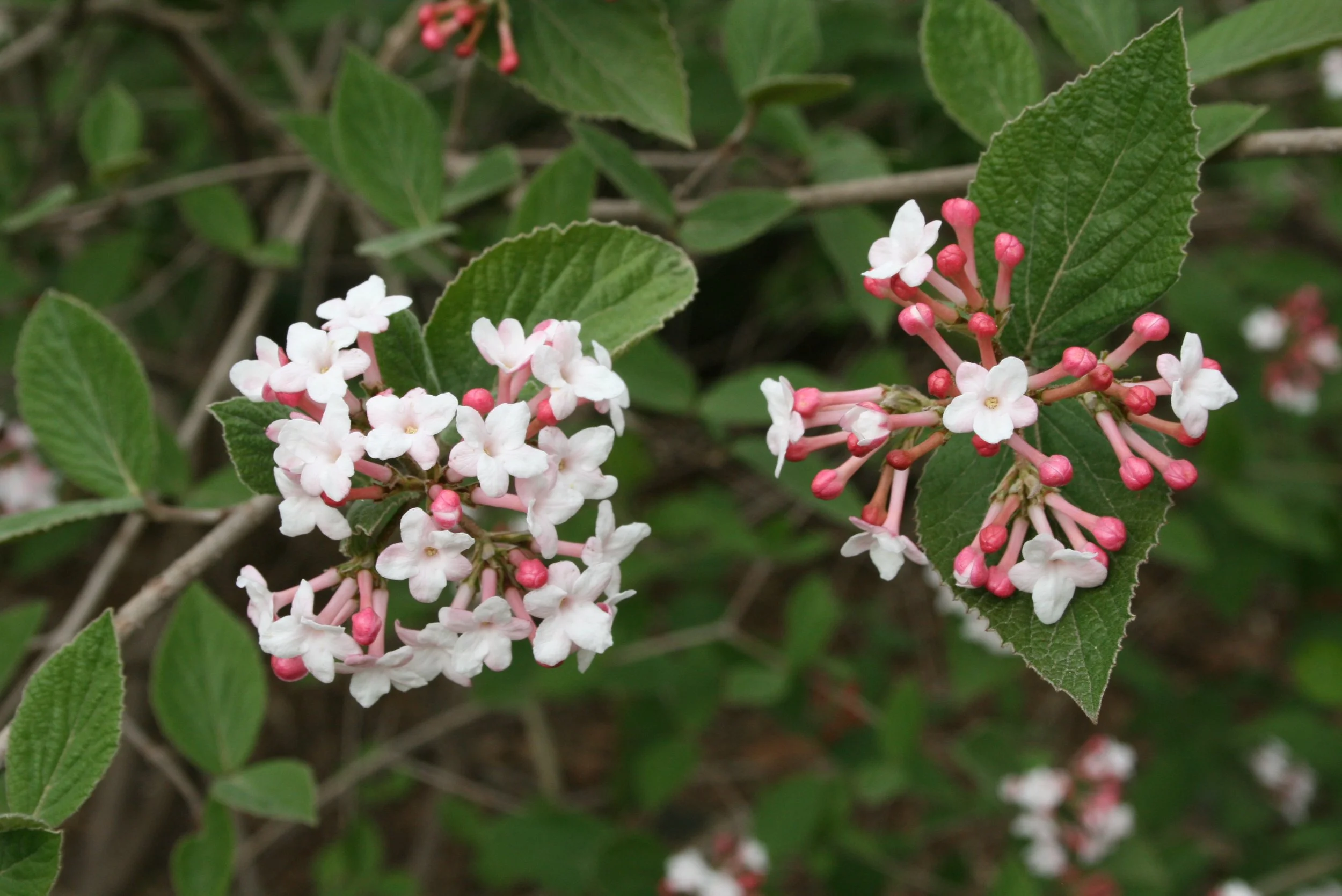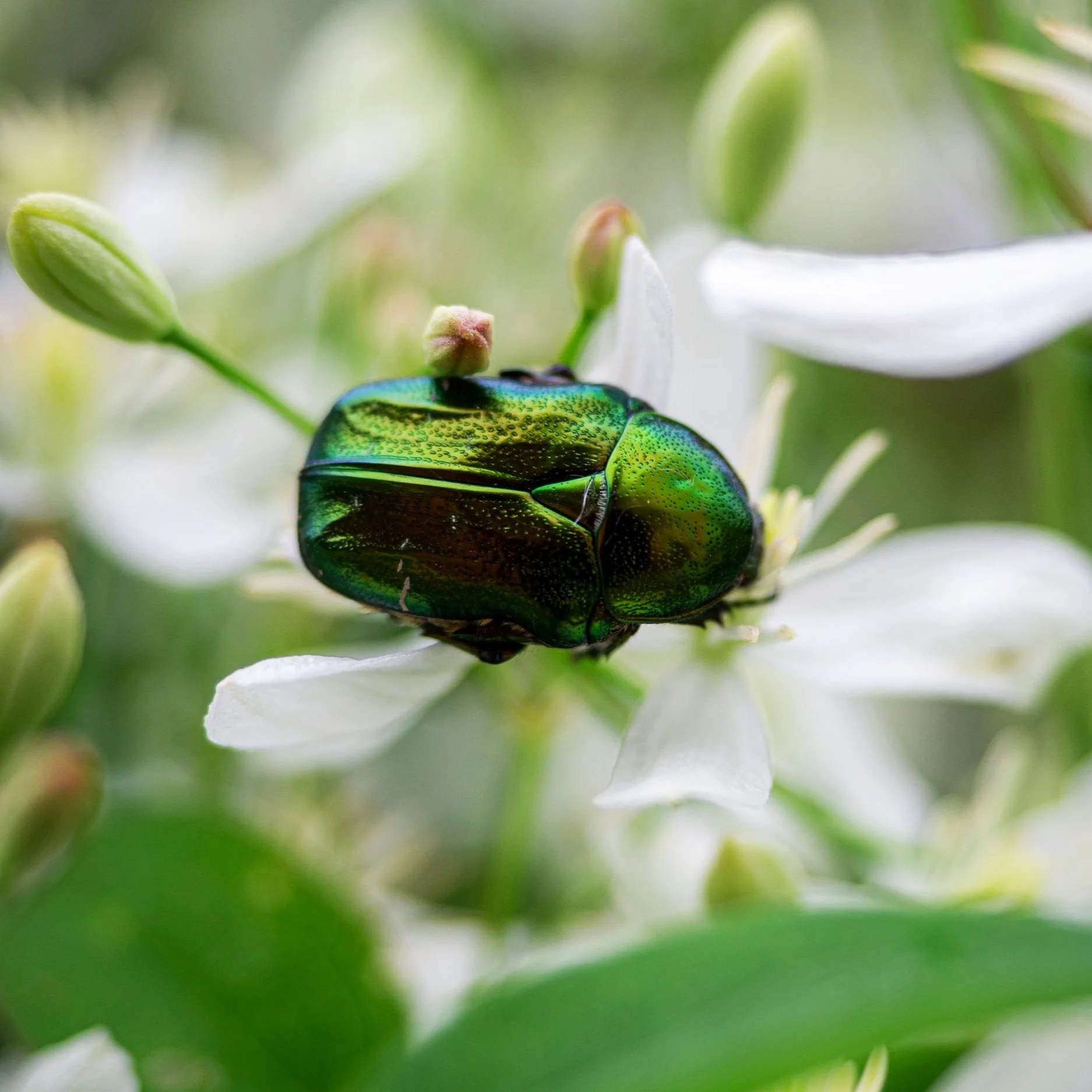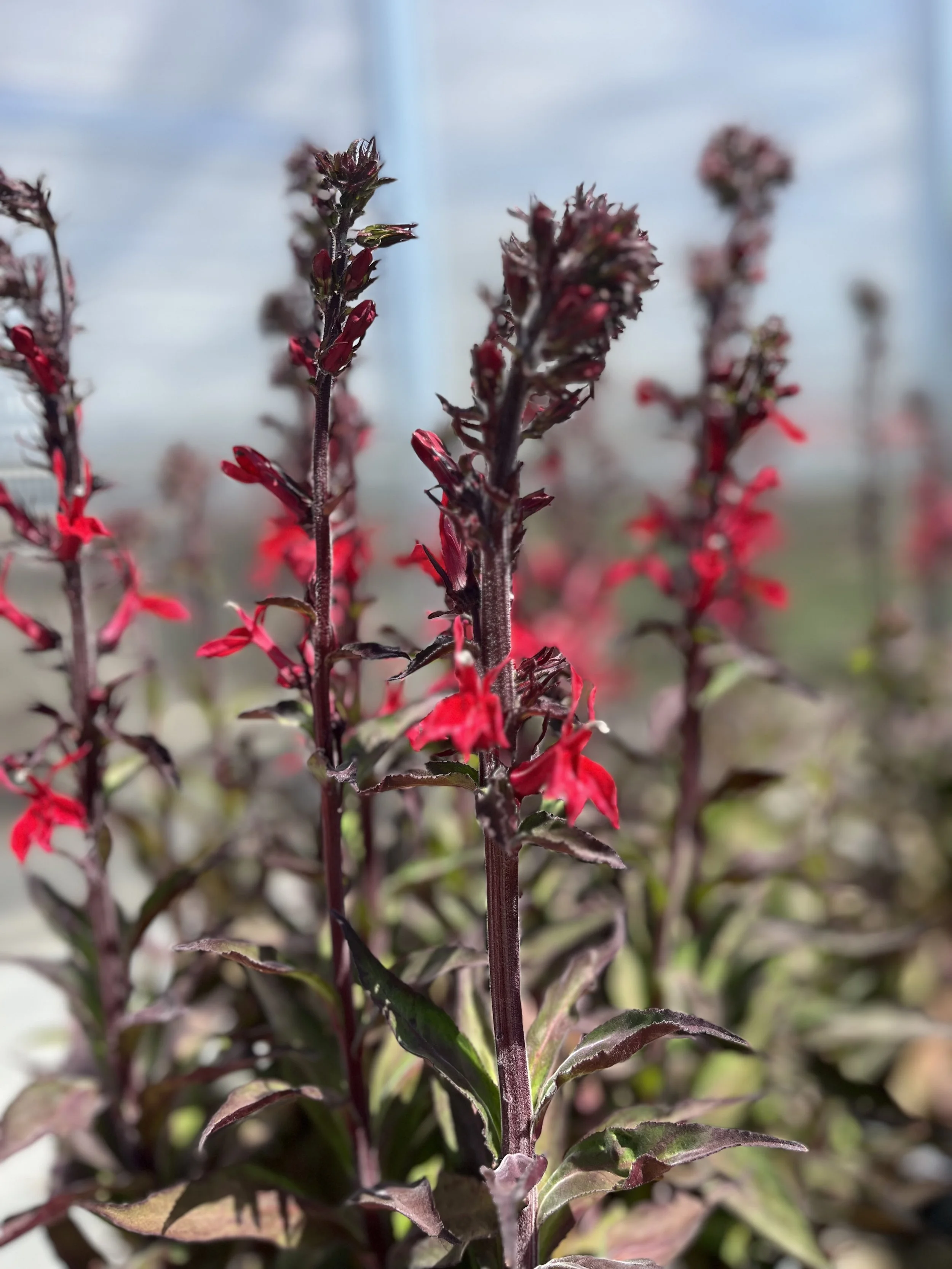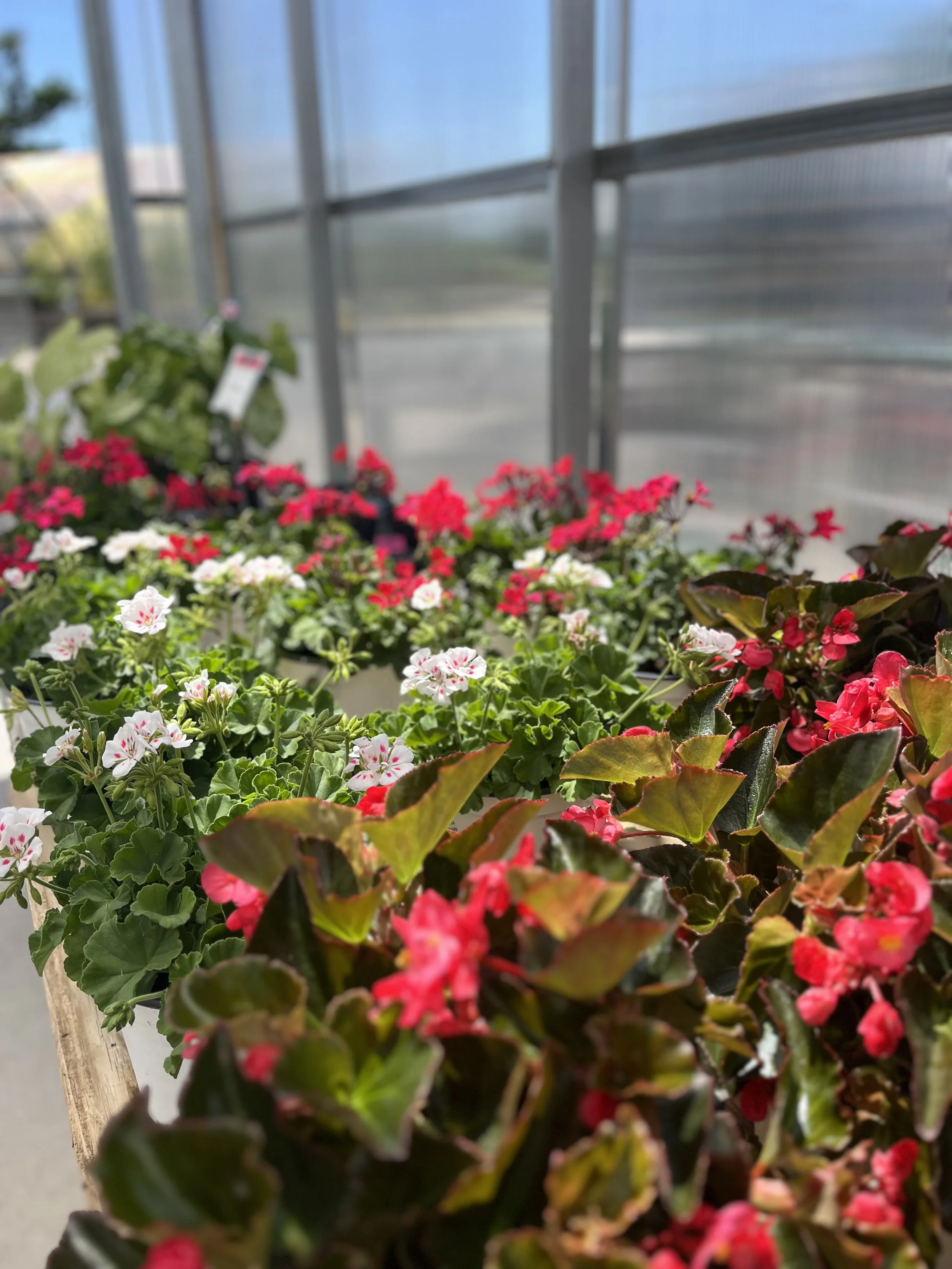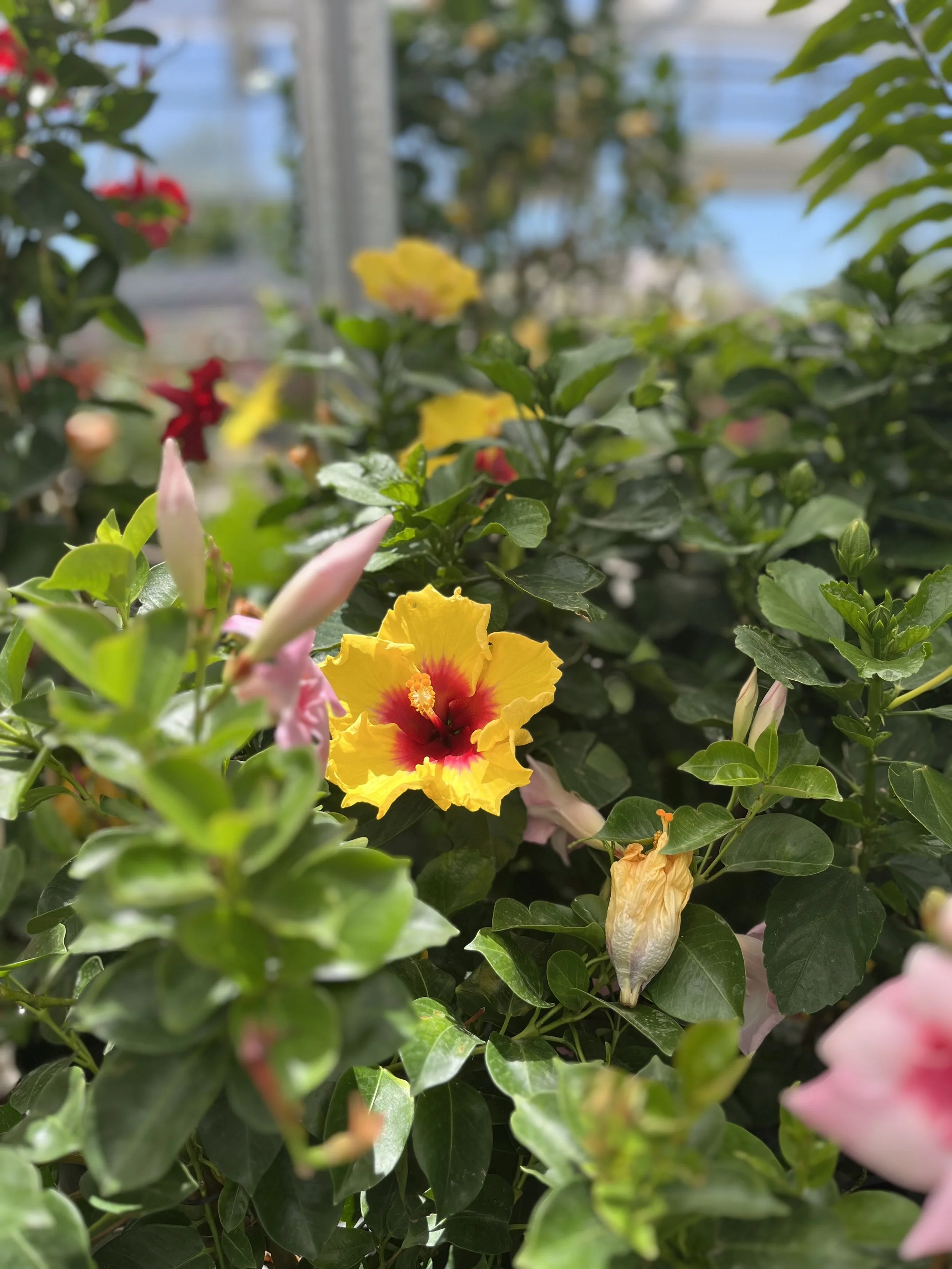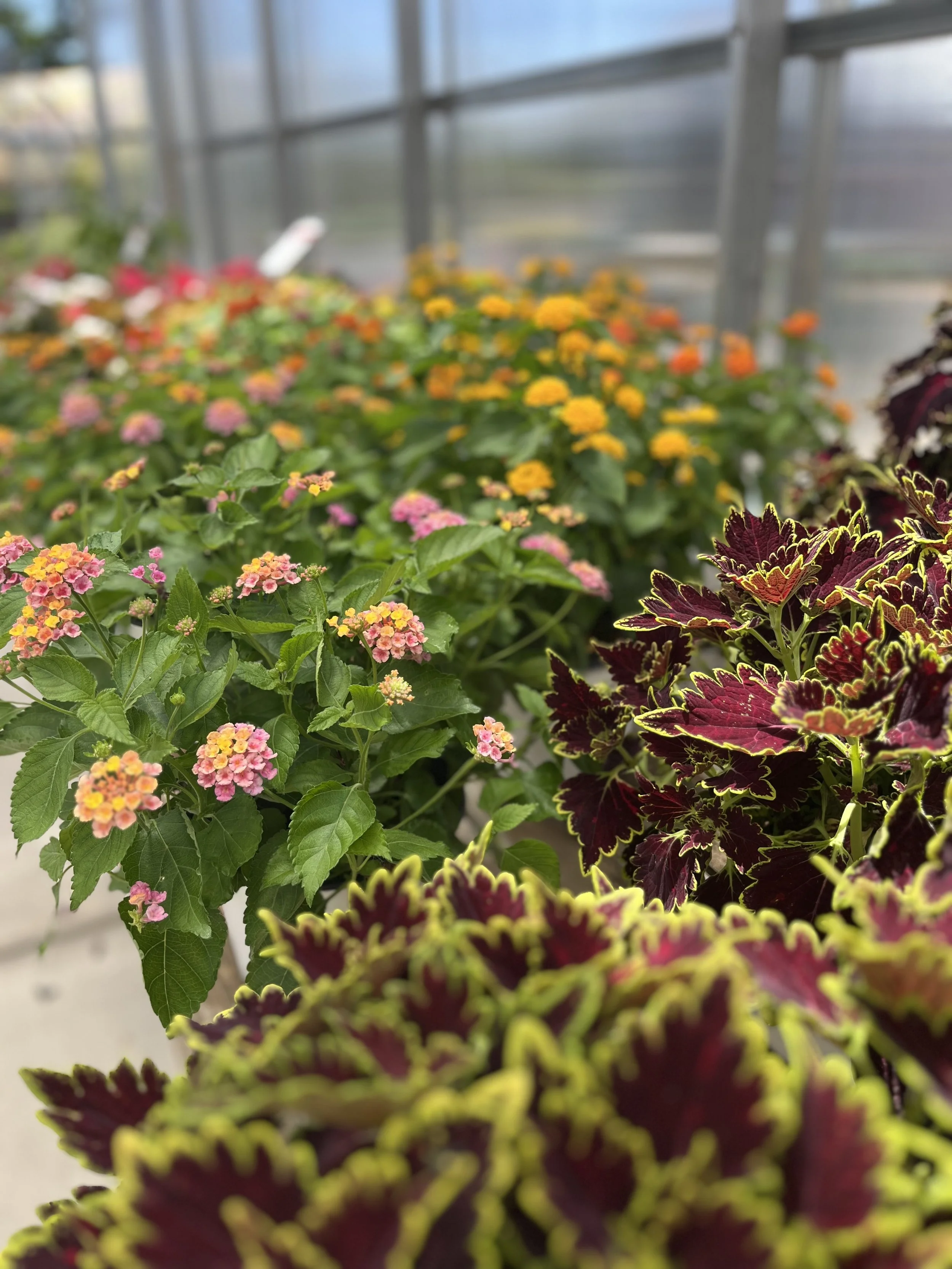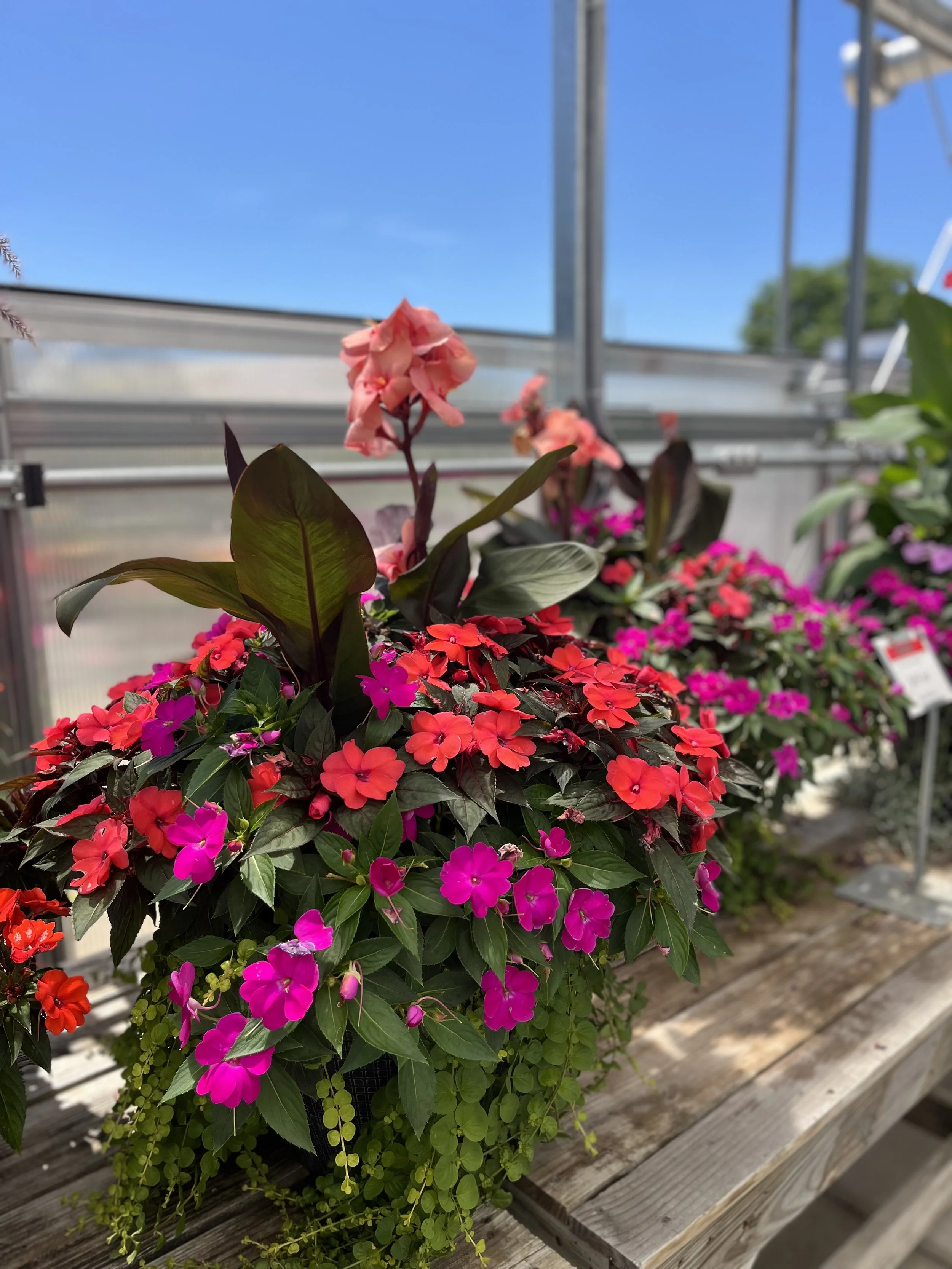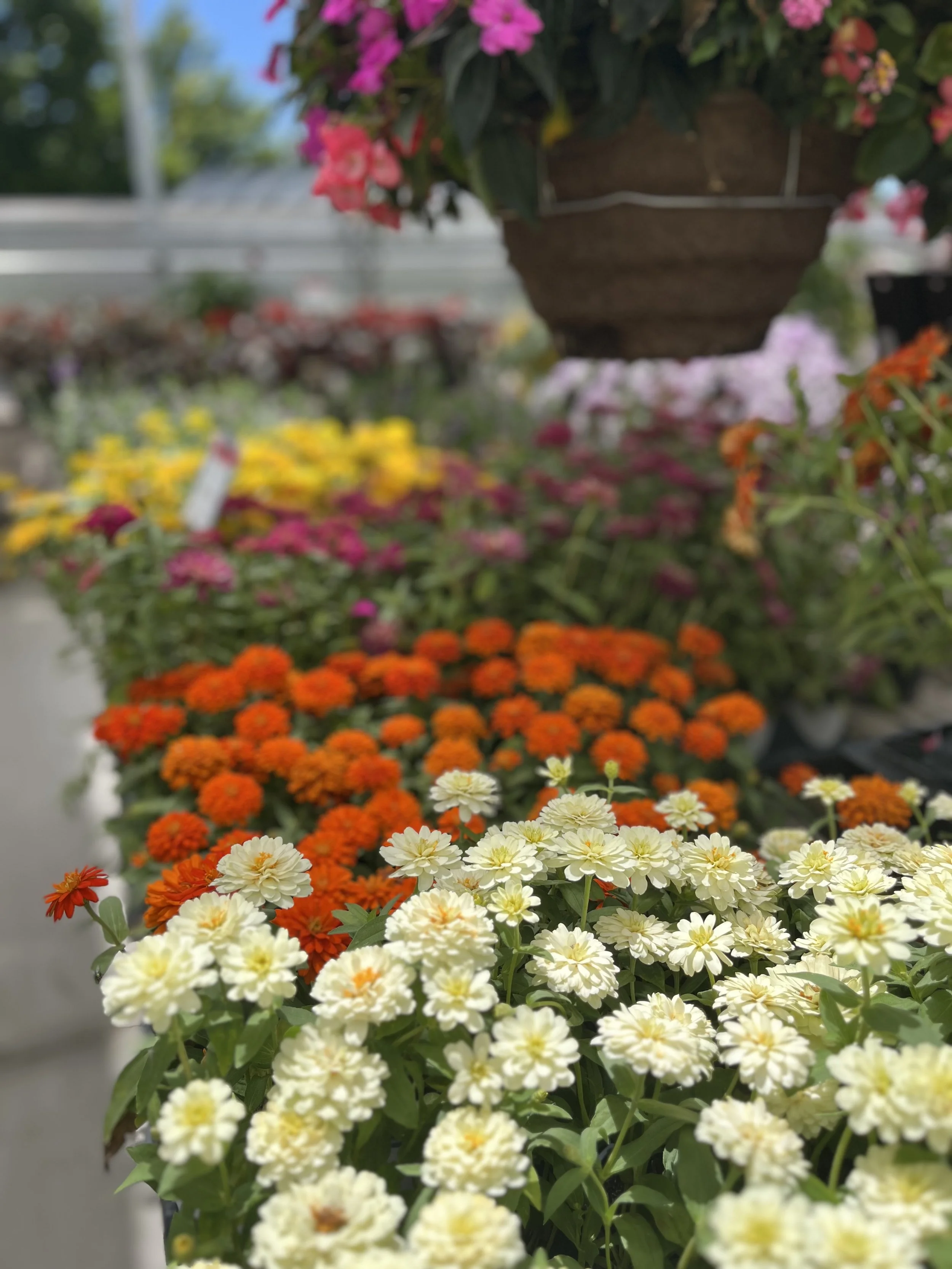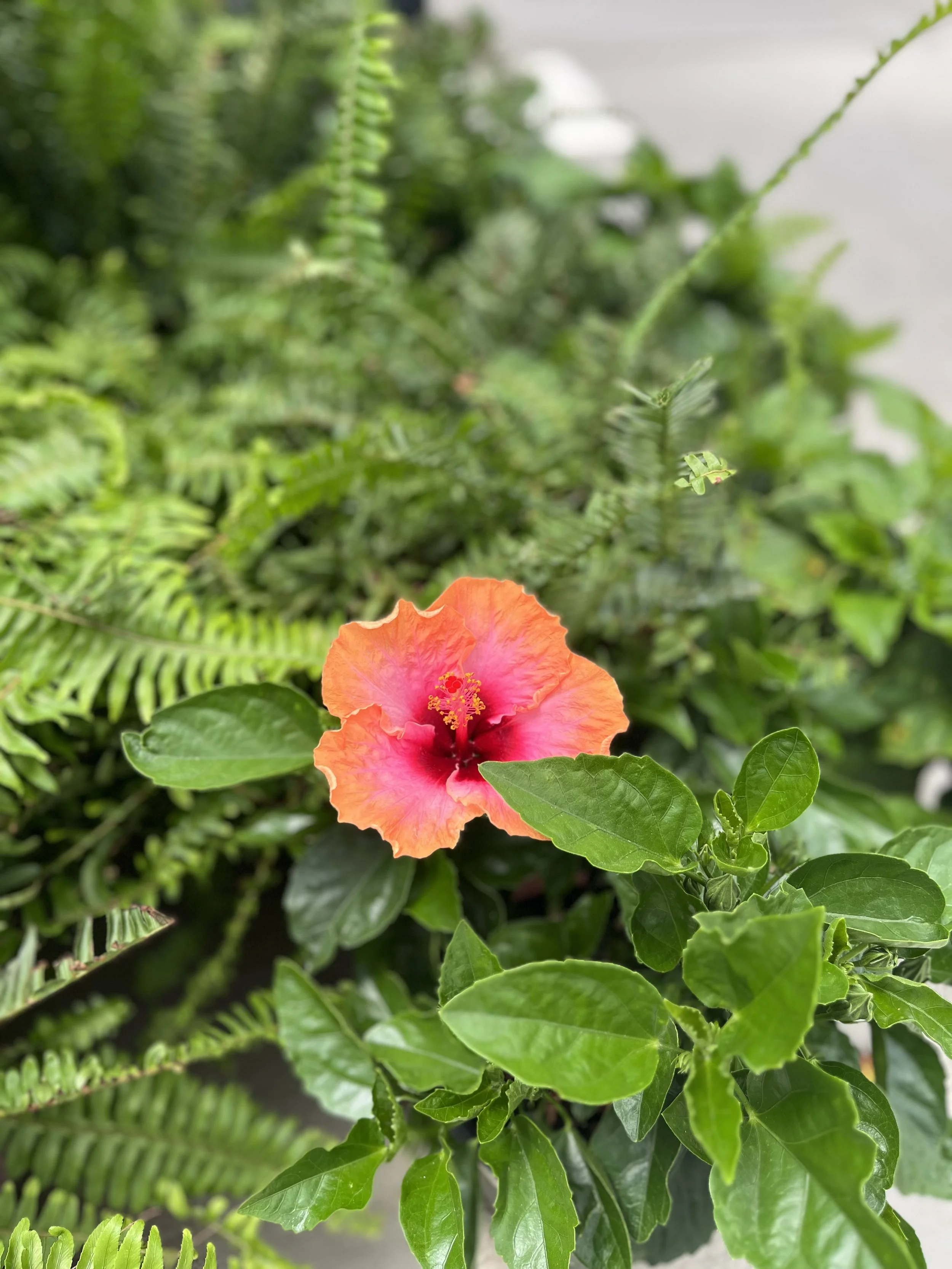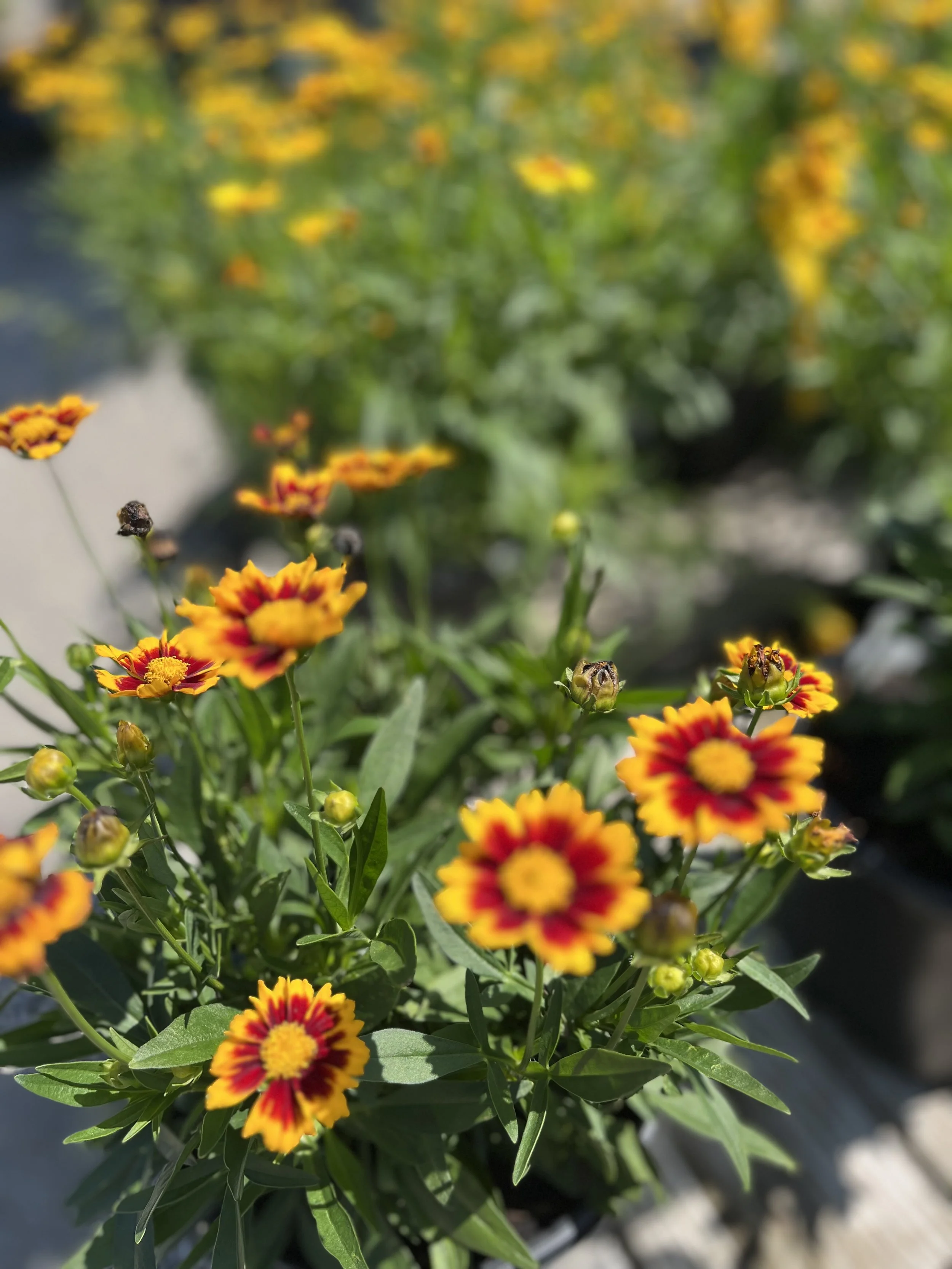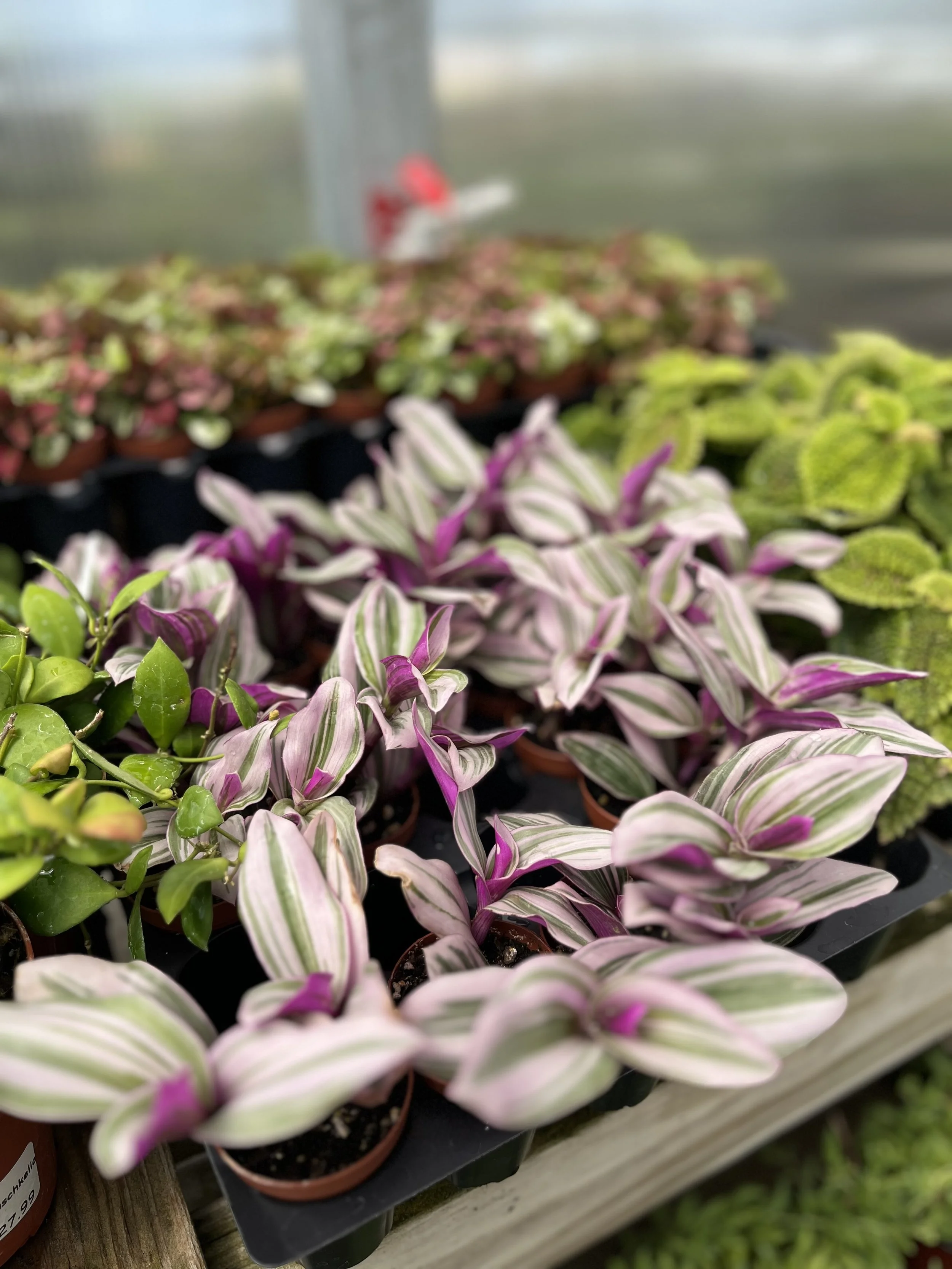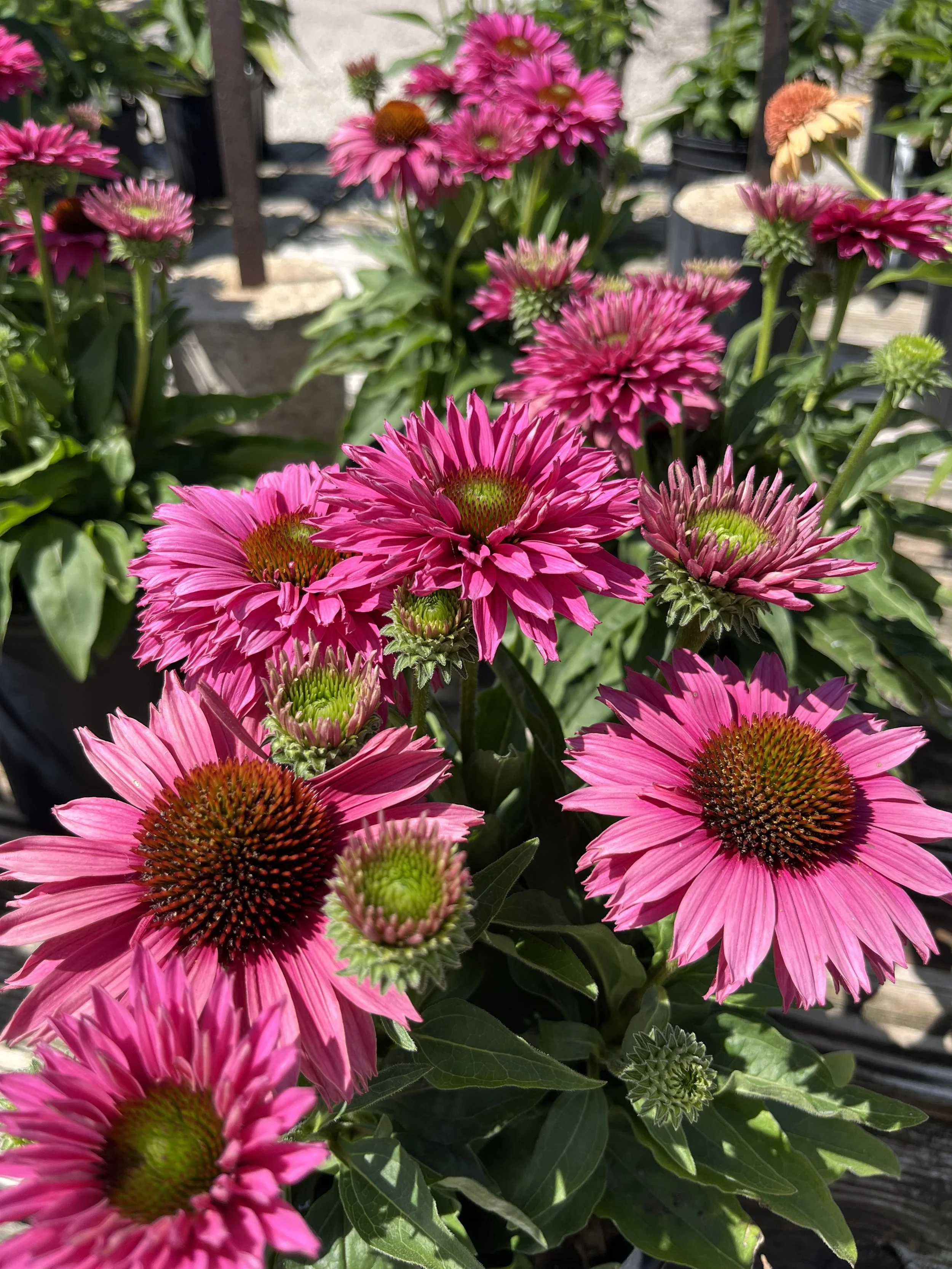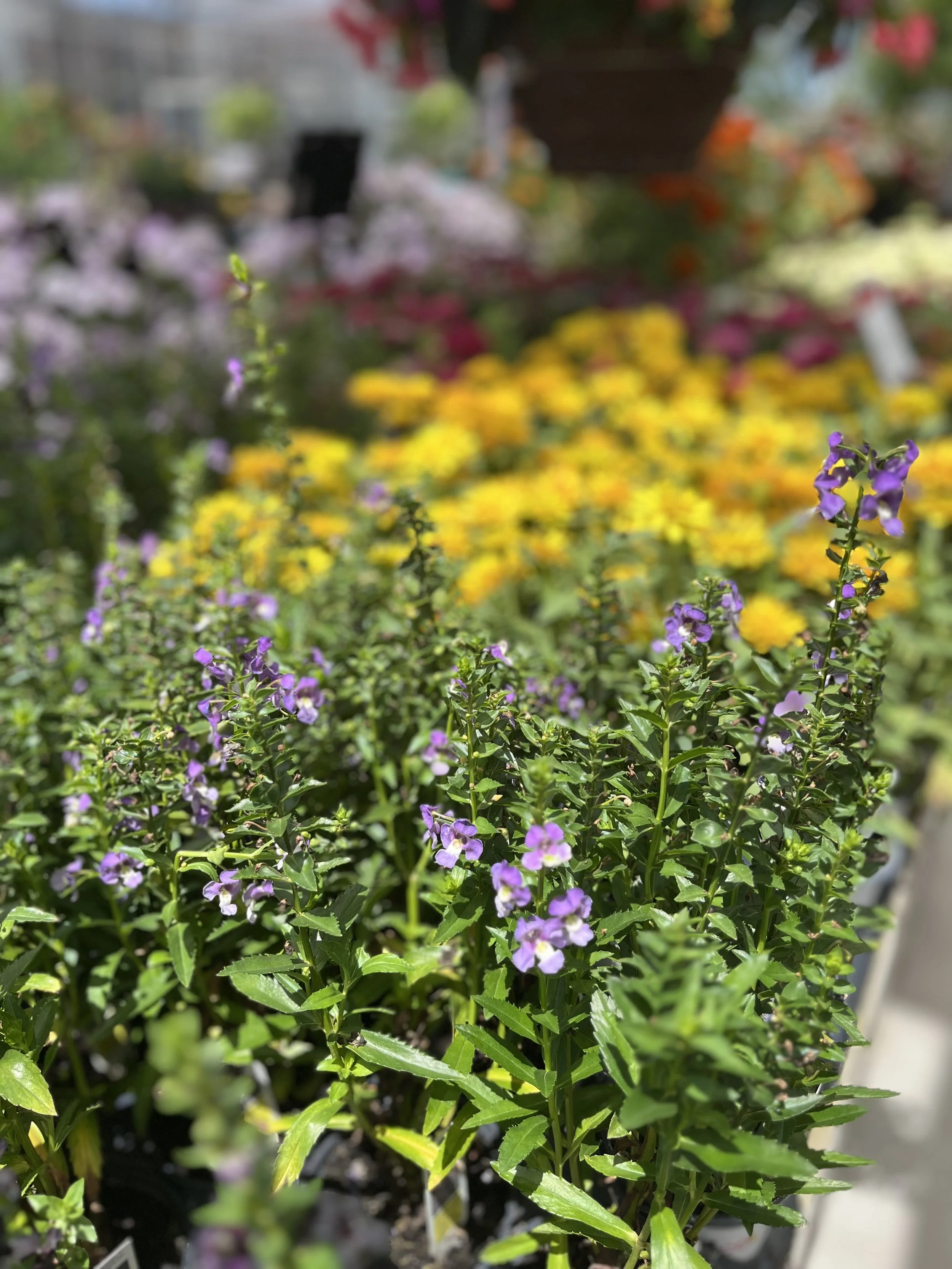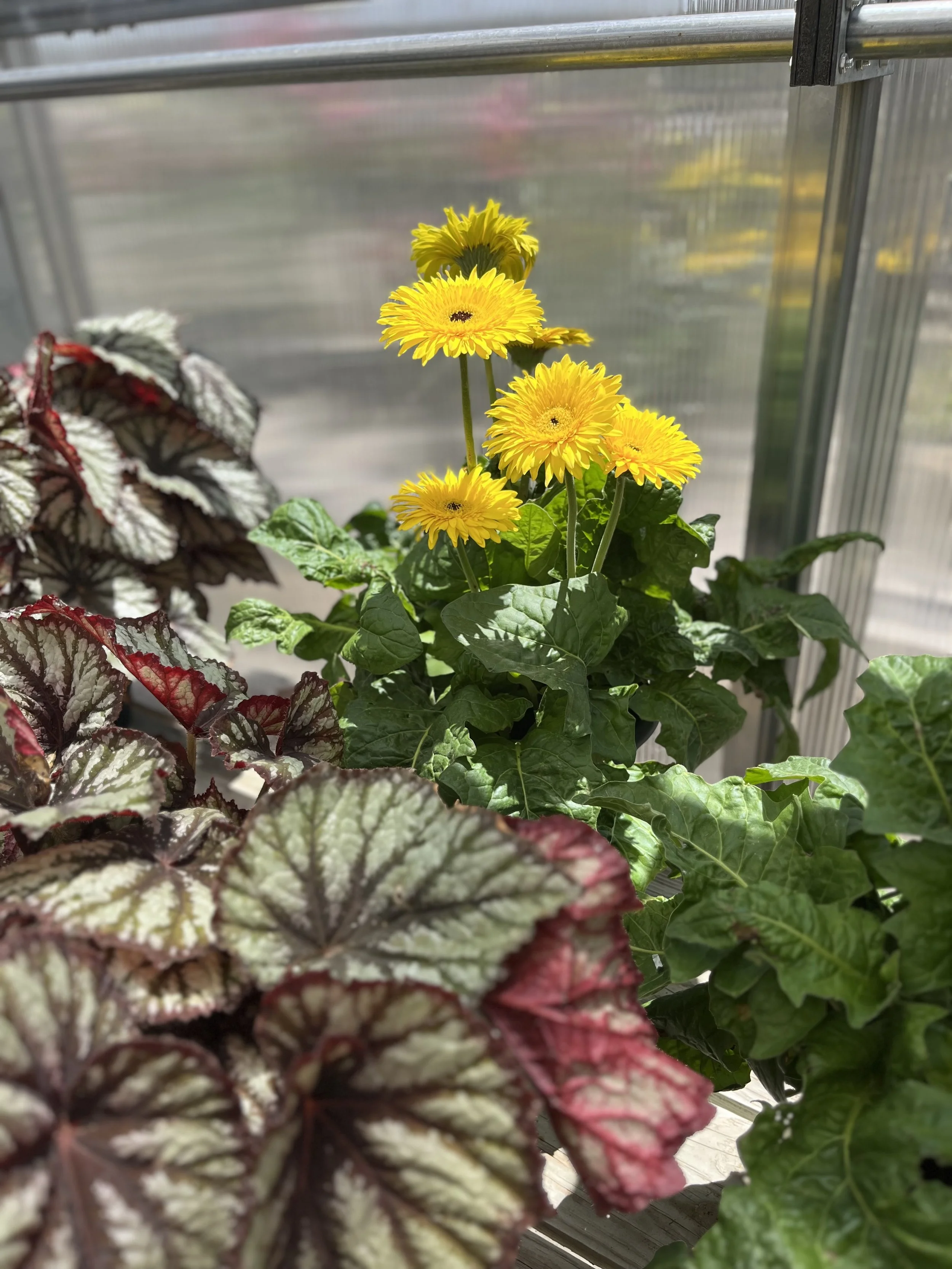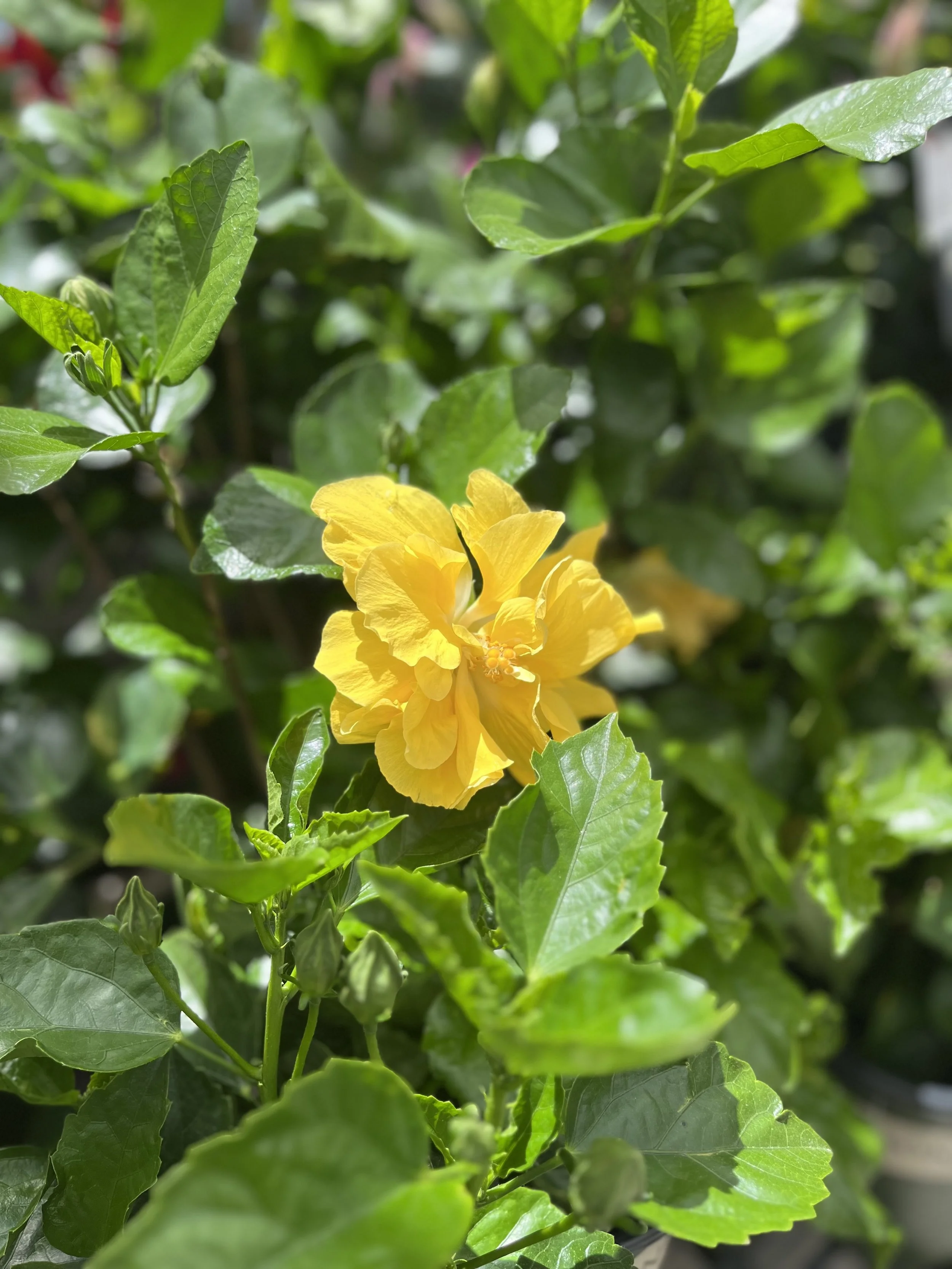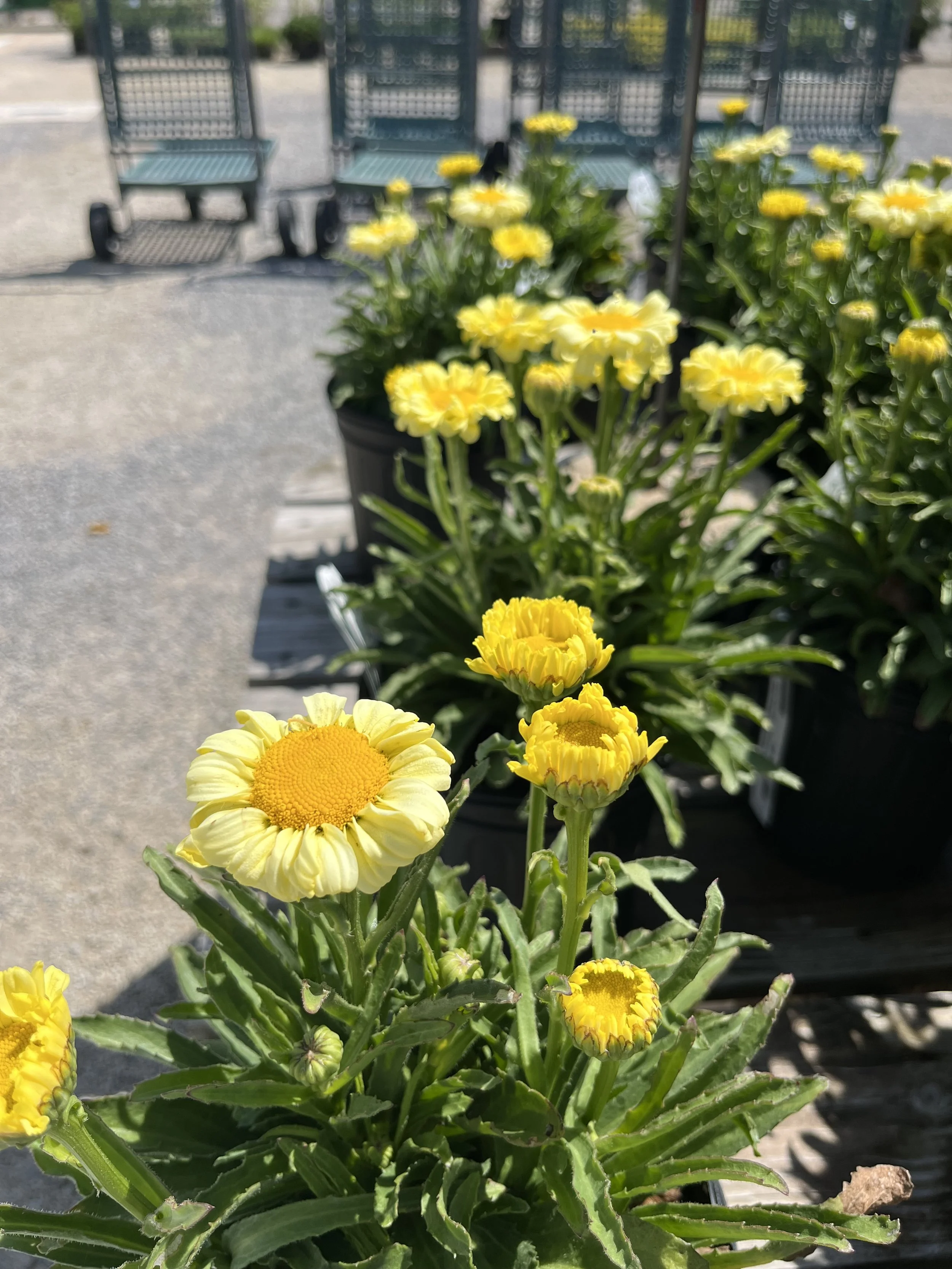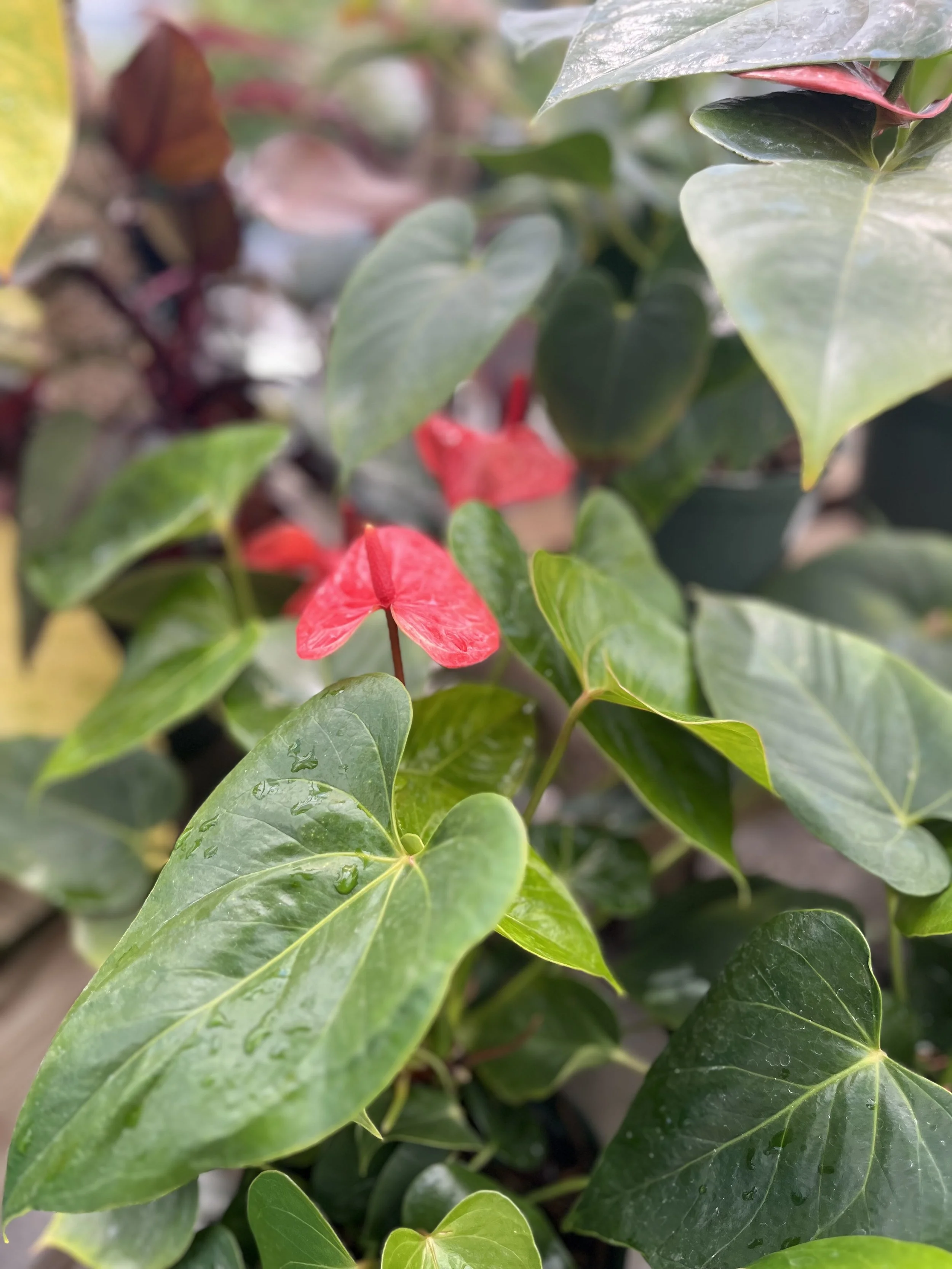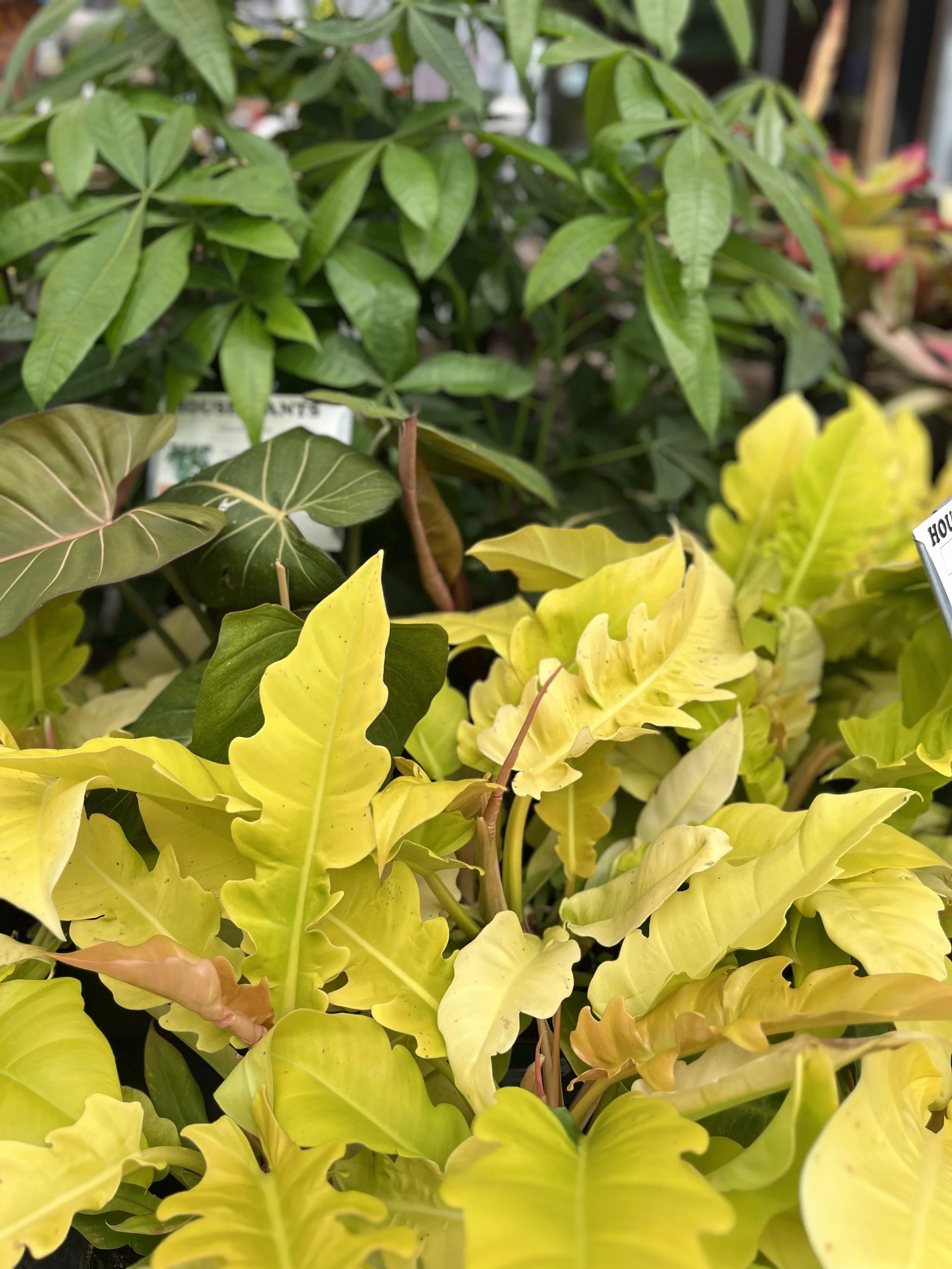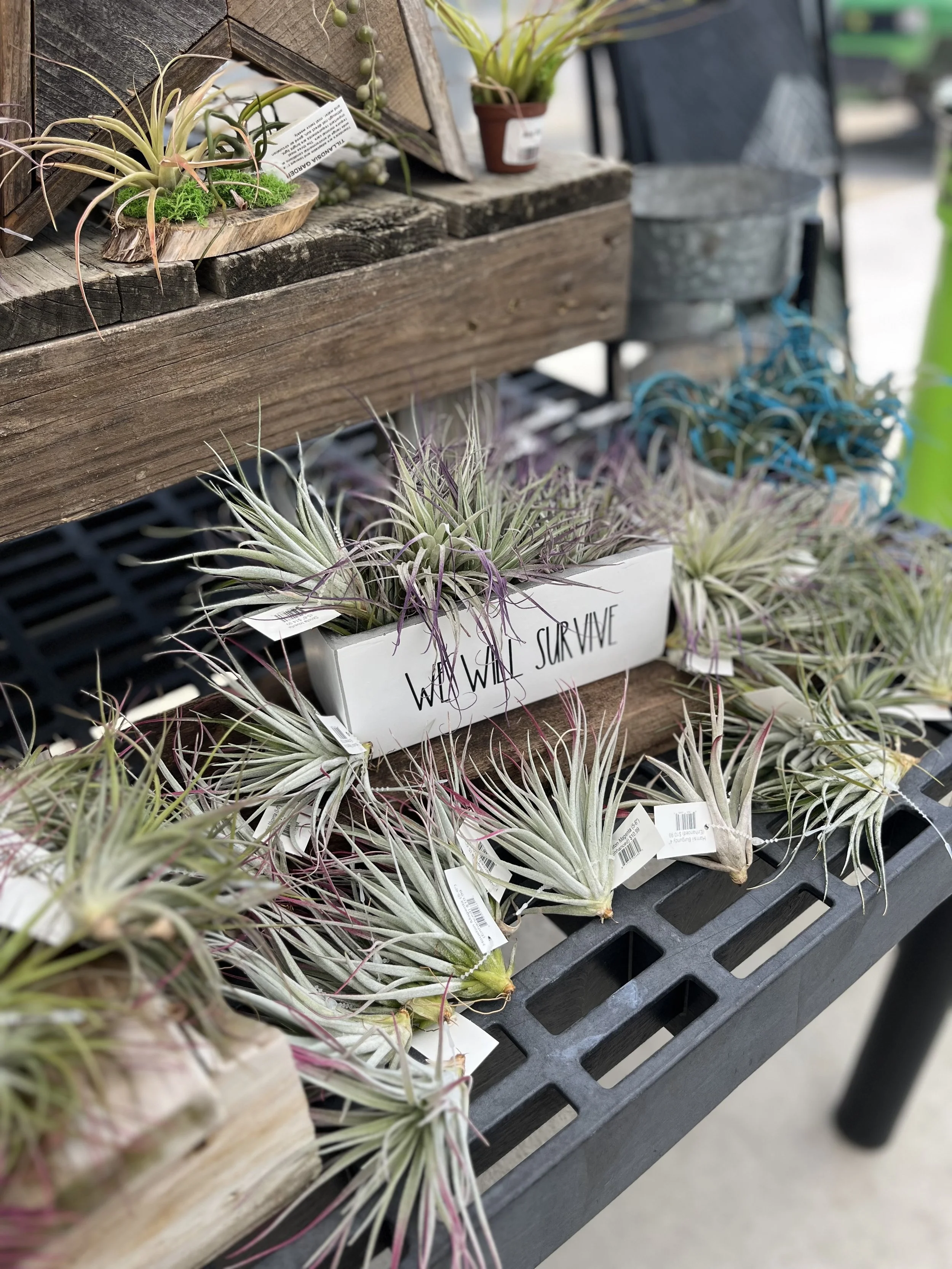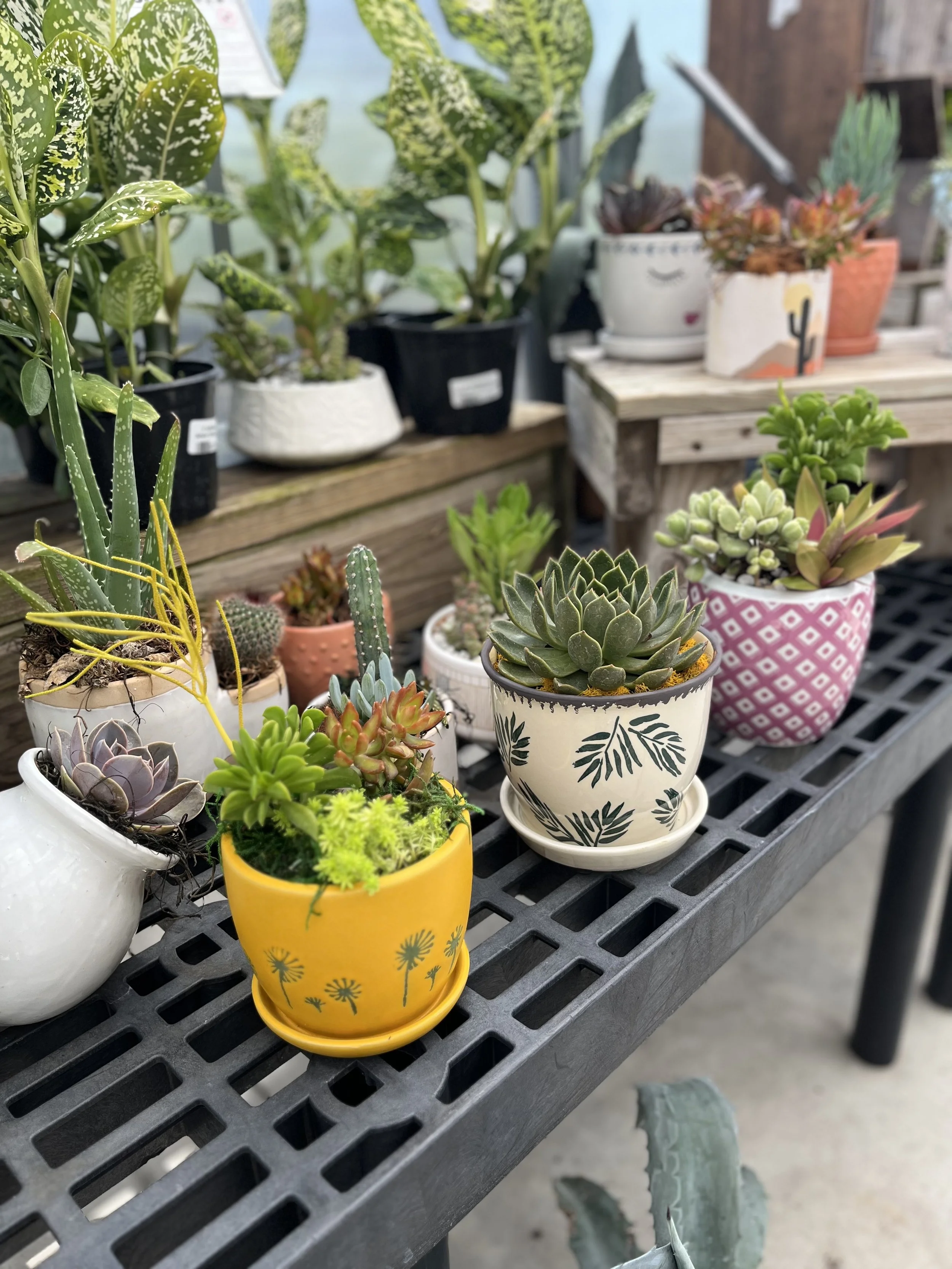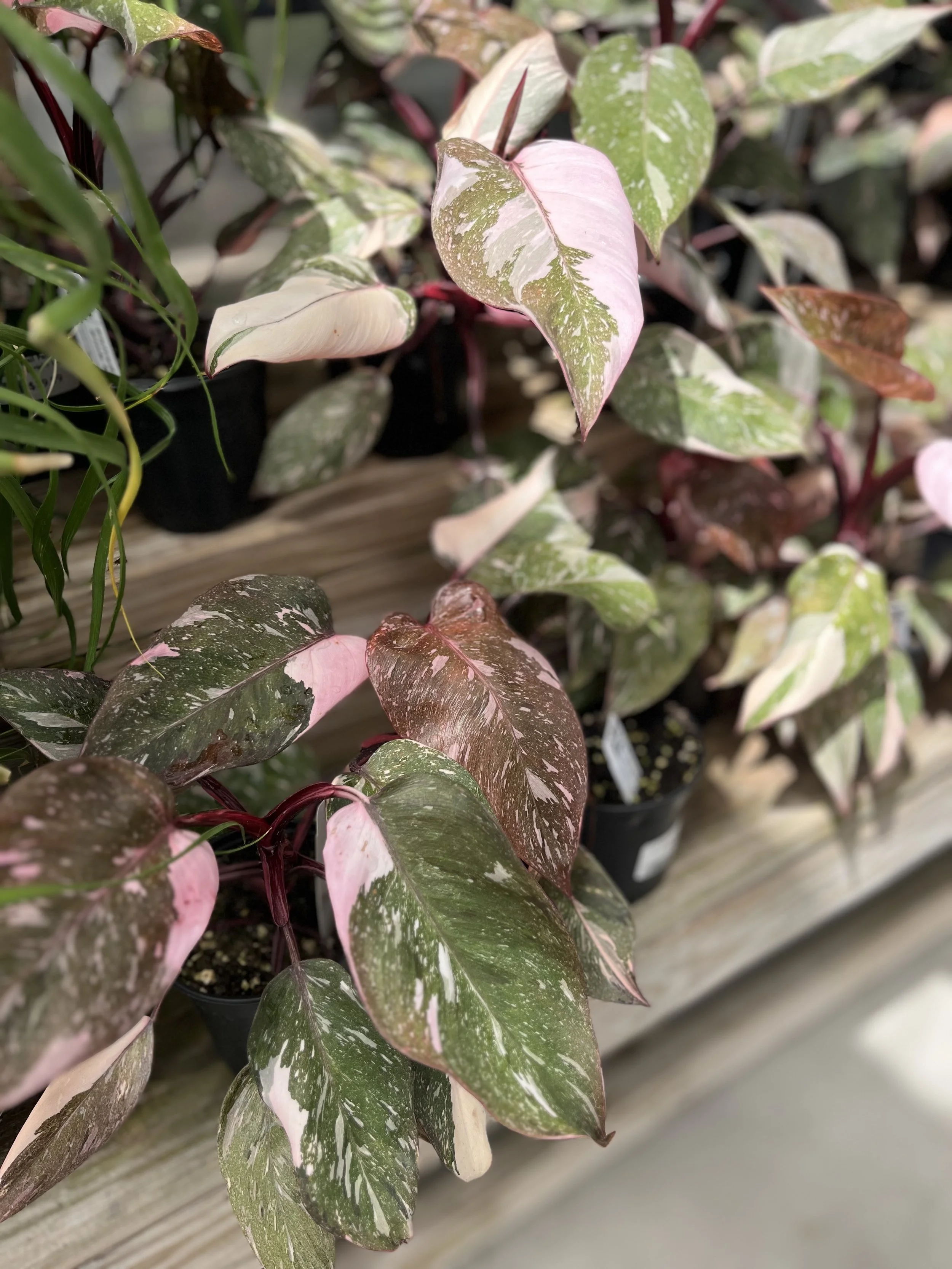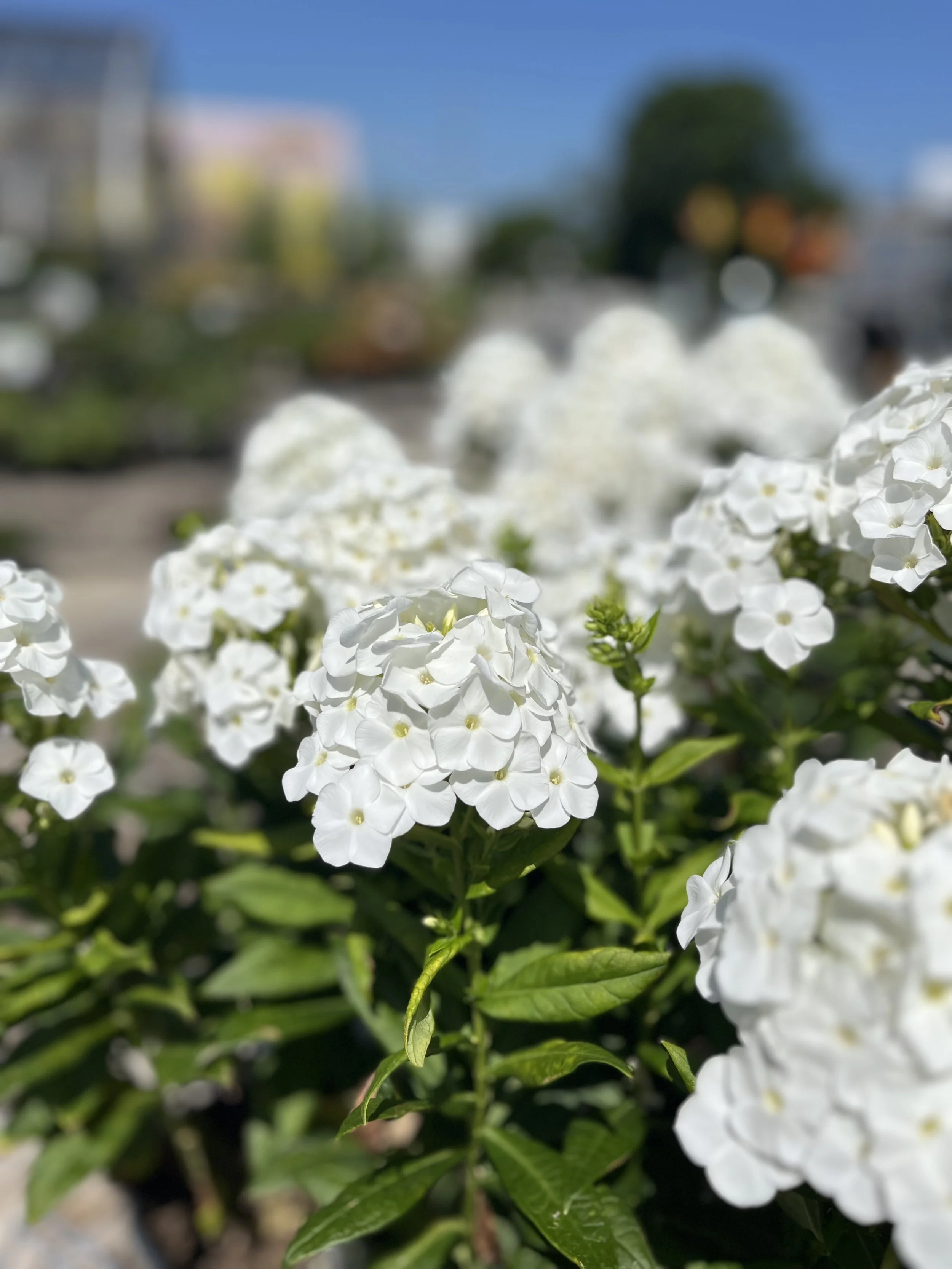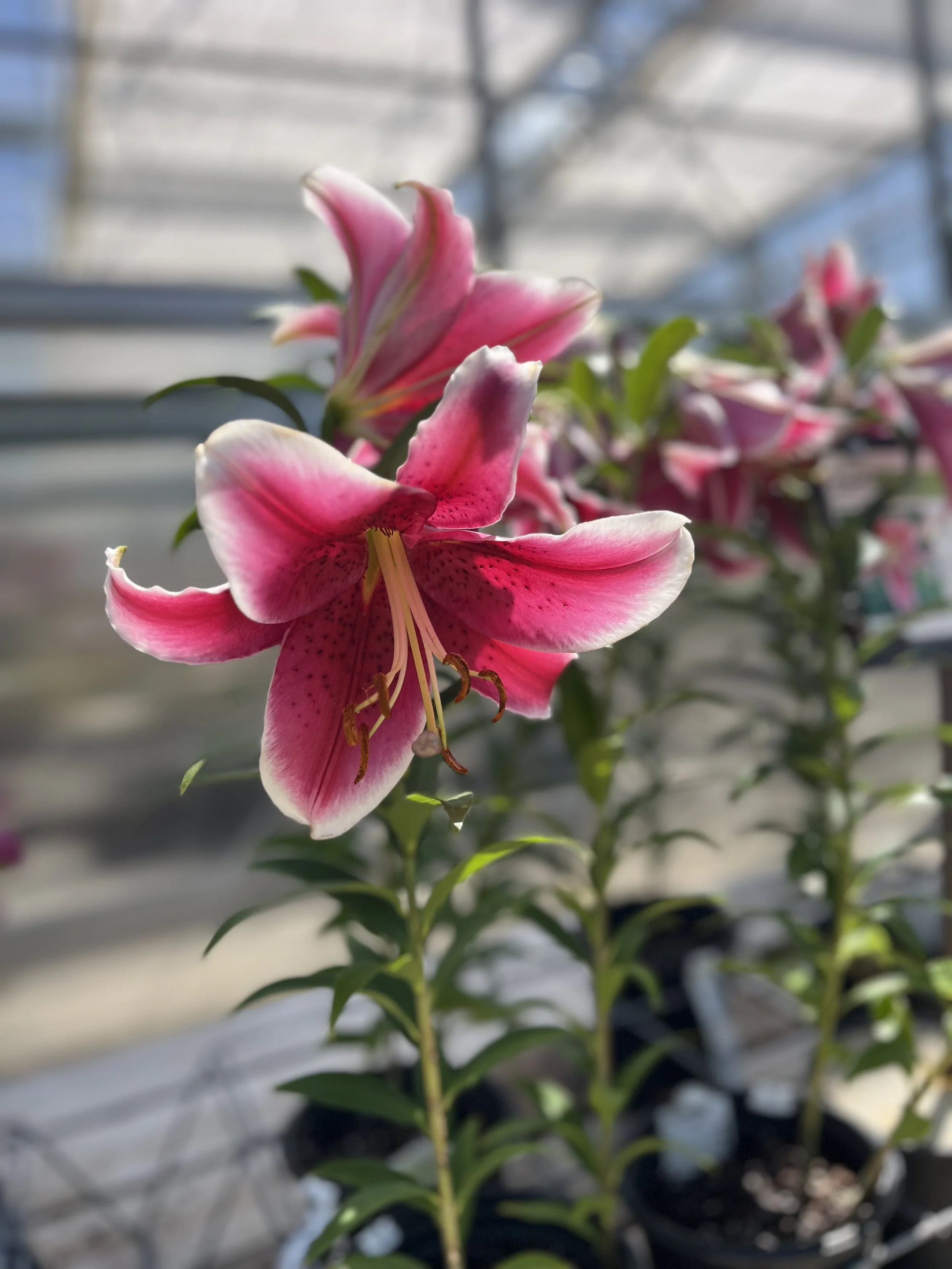KEEP ON SMILING!
“Don’t cry because it’s over, smile because it happened.”
I heard this line in a podcast I was listening to the other day...and I like it.
In the discussion I was listening to, it was being used relative to some pretty heavy life circumstances. It applied well to the conversation I was listening too, and I think it applies to a lot of things in our lives... even gardening.
See how I did that? Everything leads back to gardening!
For years, I have helped people with planting/landscaping/gardening decisions, helping folks figure out the right plants, the right combinations, the right choices.
The conversation usually flows around the noteworthy ornamental features like flowers, fruits, or fall foliage. What color?...when?...and then the big one...how long? That’s where things usually start to break down.
“You mean it only blooms for two weeks? I want something that blooms all summer.”
And that’s when I get on my soapbox and start getting a little preachy. A show that never ends may sound good, but I would suggest, it would also get a little boring. I explain it like this. I really like chocolate cake, but if I ate it every day for breakfast, lunch, and dinner, I’d get tired of it...eventually...probably...maybe!
My point is, so many things are special because they are also infrequent. That is definitely true in gardens.
One of my favorite garden smells comes from the flowers of the Korean Spice Viburnum.
Their blooms fill the garden early each year with a spicy, clove-like fragrance I think is hard to beat. Seeing their flowers and enjoying their special scent signals to me winter is finally over and spring is officially here.
It’s a springtime ritual I look forward to every year.
That’s what makes them special. Those blooms, that only show up once a year, early in the spring, for a few short weeks...and they are amazing...and I love them.
I’m okay they only show up for a few weeks each spring, and...
...I don’t cry because the blooms are over...I smile because they happened.
Cameron Rees, General Manager
The garden is full of seasonality - spring blooms, summer produce, fall color. Things are changing all the time. That’s a good thing. It keeps life interesting.
Embrace the changes. Celebrate the seasonality!.
If you don’t have enough things in your garden to keep you smiling all season, come see us and let’s see what we can come up with. Let’s keep things interesting!
Okay. I’m getting off my soapbox.
—Cameron
P.S. I just picked the first ripe tomato of the year out of the garden. That’s another thing I look forward to each year!
it’s chigger season!
Chiggers are tiny mites that live outdoors in grassy or wooded areas near water. They thrive in warm temperatures, especially during the summer months, and attach to your clothes and bite your skin. You can get chigger bites by walking through infested areas such as woods, gardens, overgrown fields, or grass. The effects of the bites can be felt in a few short hours, but they can cause intense itching.
Every year, many people unintentionally pick up these and other creatures while they are doing normal garden work. The mites are so small you may not even notice the red dot on your skin until you feel the itch.
If you’re finding that your yard is infested, we recommend putting down Hi-Yield Turf Ranger. It is a granule that you spread over your lawn and landscape areas....and don’t forget to water it in! It contains a duo of active ingredients to both kill and prevent new infestations in your yard. Turf Ranger is also effective against ants, ticks, armyworms, and more.
While you continue to keep your yard ready for summer fun, why not stop those little buggers in their tracks and be ready for anything with a little help from us at Skinner Garden Store?!
“Thymely” Advice: Japanese Beetles... They’re Back!
The Japanese beetle is a destructive turf, grass, and plant pest. Beneath the soil, the growing grubs gnaw on grass roots, causing turf to brown and die. Above ground, the adult beetles feed on more than 300 ornamental and agricultural plants. They chew large, irregular holes between leaf veins, which makes the leaves resemble a piece of lace. Adult beetles have shiny, metallic-green bodies with bronze-colored outer wings.
Japanese beetles have one generation a year. The female adult beetle will leave the plant they are feeding on and burrow 3 to 4 inches into the soil to lay their eggs. They will return to feeding and repeat this cycle until they lay anywhere from 40 to 60 eggs in the season. They can be very destructive during this season because they are constantly moving around to find food. By midsummer, the eggs hatch, and the young grubs (larval stage) begin to feed.
There are a few things that you can do to help control the population of Japanese Beetles in your landscape. Insect controls are a great tool you can use. Fertilome Spinosad Soap or Hi-Yield Garden & Farm are two products we recommend.
Either way you choose to treat these guys, they are a yearly occurrence, so learning to spot them early and treat them effectively will be your best defense. Stop in today and let us help you find the right tool for the job.
—Melissa Anderson, Store Manager
“IN”VENTORY: HOT SUMMER COLORS!
It’s always a good time to add color, and these plants don’t disappoint with their strikingly bright summer hues. There’s still lots of summer left, and many of the plants below will take you all the way into the warmer parts of fall, as well. Cacti and other succulents can make for an easy addition to your potted plants and are low-maintenance. So, don’t be shy about continuing to fill porch pots or develop new pockets of pretty in your garden beds or landscaping. Grow your oasis!
more EVENTS, SALES & ANNOUNCEMENTS:
Keep an eye on this section in the future for all the important info and extras you won’t want to miss!


